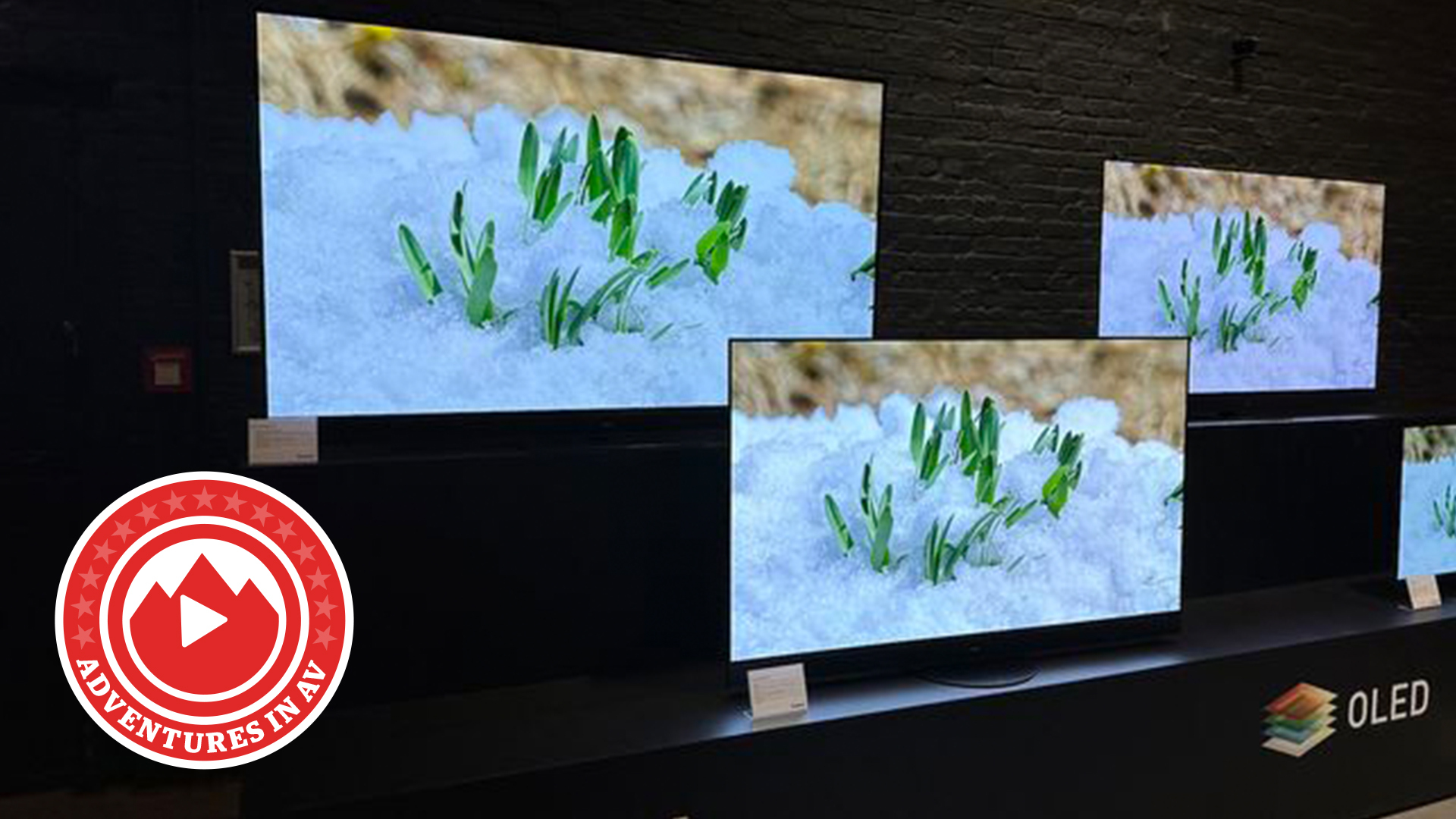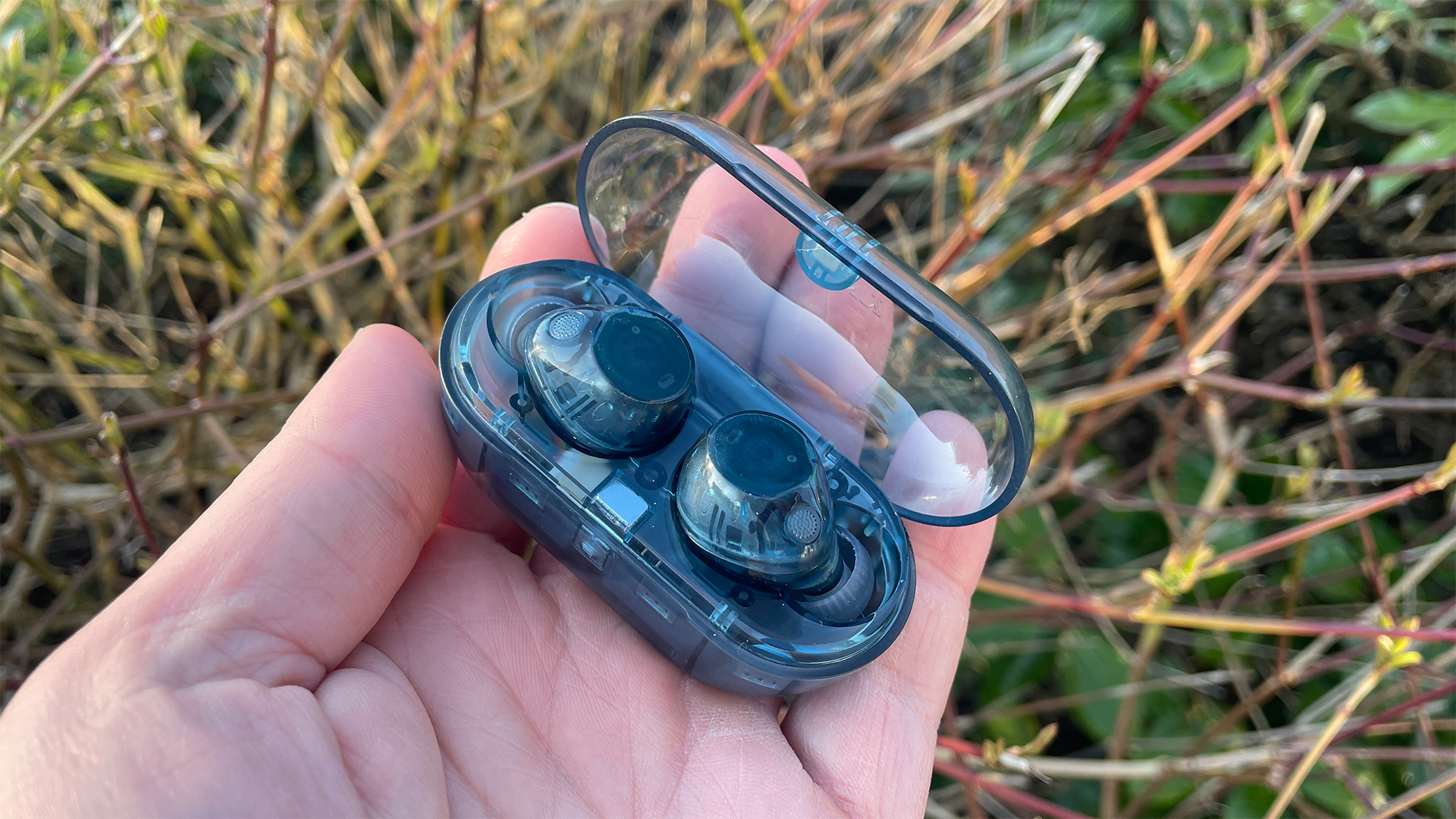If LG, Sony and Panasonic had a Frankenstein baby, it'd be the perfect OLED TV
We’ve tested some of 2023’s top OLEDs and our big takeaway is that they could all learn from one another

If you’ve perused What Hi-Fi?’s homepage this week, you’ll have noticed it’s been a pretty big one for our team of home cinema and audio reviewers. This is because, as well as covering Amazon Prime Day 2, we also revealed the first batch of What Hi-Fi? Awards 2023 Best Buy winners on Wednesday.
And while I love every category in our awards, as I watched the sea of comments flow into my email inbox and our social media feeds, one particular category caught my eye – Best TV.
This was because it was obvious that many of you, our lovely readers, have strong opinions on the winners and were, in most instances, politely questioning our reasoning.
That’s already awesome, but what made me genuinely smile and got the cogs in my brain moving was that all of you made very good points.
“What about the Panasonic MZ2000? I have the older model and it’s the best I’ve seen for accuracy!” wrote one reader.
Meanwhile, one of my real-life friends, who also happens to be a tech journo, piped in with, “LG fanboy, team Sony for life,” referring to our pick of the best gaming TV.
Get the What Hi-Fi? Newsletter
The latest hi-fi, home cinema and tech news, reviews, buying advice and deals, direct to your inbox.
And while the latter may not sound terribly articulate, and is outright wrong, it does showcase quite how competitive and interesting the TV market is at the moment.
By that, I want to be clear that I’m not referring to the ongoing fight between the Micro Lens Array (MLA) and second-generation QD-OLED panel technologies here. We’ve already gone into a lot of detail about that battle in past features. Instead, what I’m talking about here is how, while every TV manufacturer seems to be nailing one aspect of TV picture quality, we’re yet to see one deliver the entire package.
This got me thinking, “What would the perfect OLED look like in 2023”?
The more I thought about this question, the more I realised the answer is actually pretty simple, based on my experience helping test this year’s sets. Specifically, it would combine the best parts of Panasonic, LG and Sony’s current TVs.
Let me break down the recipe I’m thinking of.
To start with, we’d throw in Panasonic’s “as the director intended” accuracy. We’ve made no secret of the fact that, based on our testing, this is an area Panasonic has been a clear leader in for quite some time. We’re still reviewing the MZ2000, which I had the pleasure to check out last week, so I’m going to instead reference our experience with the older Panasonic LZ2000 here. Read our review and it’ll tell you everything you need to know about why Panasonic is so good in this particular metric:
“If it’s balance and authenticity you most value in a TV, you’re going to love the Panasonic LZ2000. Everything we watch, from test favourites Blade Runner 2049 and No Time To Die, to TV shows The Book Of Boba Fett and Slow Horses, plus the brilliantly silly Foo Fighters horror film Studio 666, has an effortless correctness to it,” wrote our TV expert, Tom Parsons, in his LZ2000 review.
Next, I’d throw in Sony’s brilliant motion handling. I’ve detailed the importance of motion handling in a previous feature, but the short version is that this is a metric that defines how well a TV deals with moving parts of the picture. Sony is currently the best of the best in this area. Most recently, this was showcased on the Sony A80L, which we reviewed earlier this year.
Here again, our testers were amazed quite how much better the Sony did than competing sets, going so far as to report:
“Sony’s excellence in this area [motion handling] allows you to apply more smoothing and sharpening than you can with other TVs without unpleasant shimmer or the soap opera effect being added.”
Finally, I’d throw in LG TV’s advanced connectivity and gaming features. Read any of our recent OLED TV reviews and you’ll notice we have a common gripe with pretty much every non-LG set – they only have two HDMI 2.1 inputs, one of which usually doubles as an eARC, rather than the four you get on C and G-series LG OLEDs.
Why’s that annoying? It’s because Dolby Atmos requires an eARC input, and next to every next-generation console or PC requires an HDMI 2.1 connection to run at framerates over 60Hz. So if you have PS5 and Xbox Series X and Atmos soundbar, you won’t be able to connect them all at once on most sets.
Imagine how great it would be if we could get an OLED that combines all these strengths to create the ultimate home cinema experience! I’m certainly excited at the prospect, which is why I penned this feature. Let me know if you agree, or share your perfect OLED TV recipe on What Hi-Fi?’s social channels.
MORE:
These are the best OLED TVs we’ve tested
Check out our hand-chosen picks of the best gaming TVs
We detail the best Dolby Atmos soundbars currently available

Alastair is What Hi-Fi?’s editor in chief. He has well over a decade’s experience as a journalist working in both B2C and B2B press. During this time he’s covered everything from the launch of the first Amazon Echo to government cyber security policy. Prior to joining What Hi-Fi? he served as Trusted Reviews’ editor-in-chief. Outside of tech, he has a Masters from King’s College London in Ethics and the Philosophy of Religion, is an enthusiastic, but untalented, guitar player and runs a webcomic in his spare time.
